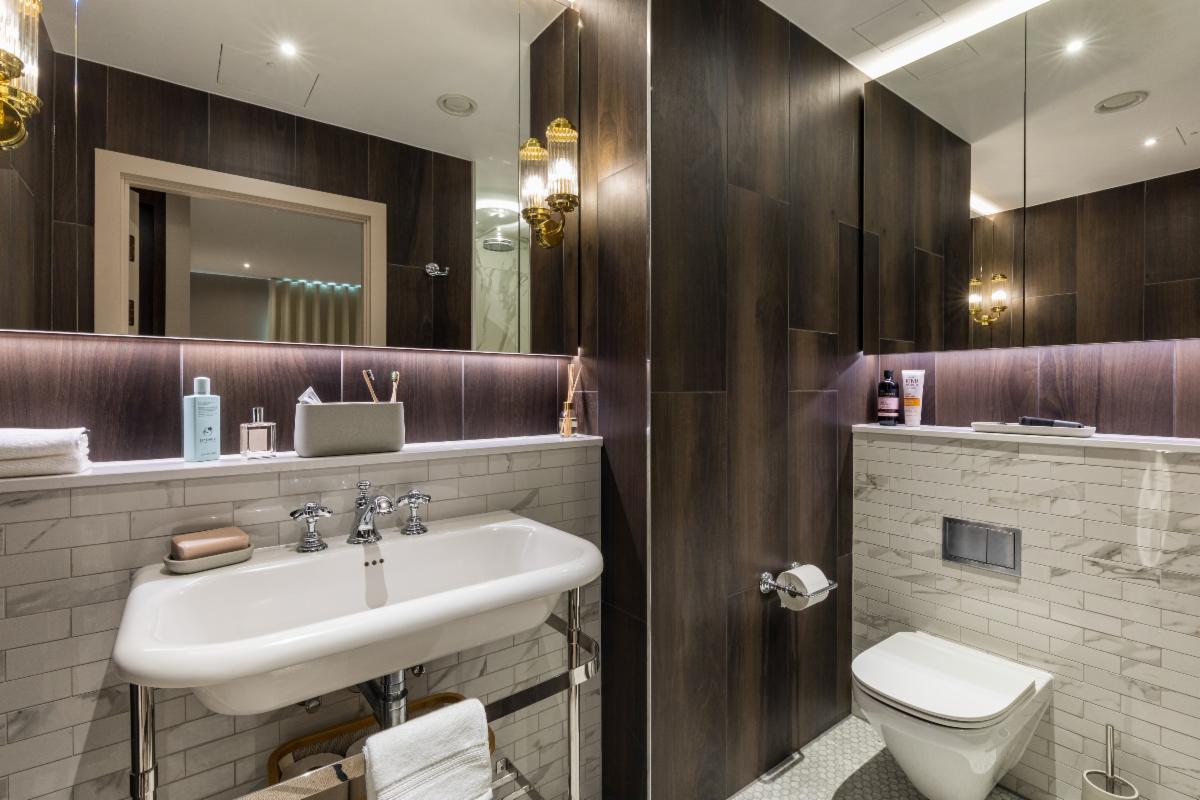REVEALED: London has the WORST mould outbreak in the UK

January is here, and many householders face rising threats of a ‘mould epidemic’ due to Britain’s cost of living crisis, which has caused energy builds to skyrocket.
The National Association Of Property Buyers is warning of the tragic consequences mould infestation will bring this Winter. It is reported that approximately 4.7 million private renters have battled mould issues at their homes in the past year, and since, dehumidifiers have become essential to improve homes and health.
With this in mind, spokesperson Ivan Ivanov of End of Tenancy London provided some tips on the air-purifying devices.
Tips to keep your dehumidifier clean:
1. Always wipe the exterior
Dehumidifiers actively suck in air, meaning all the dust and dirt that’s in the air follows suit. Sometimes, the dust doesn’t make it all the way through to the filter, settling on the exterior of the dehumidifier instead. Using a damp sponge or cloth, wipe down all sides of the unit, paying particular attention to the area around the suction pump.
2. Empty the waste in the sink
Inside the device, there will be a large fluid reservoir. This will need to be removed and emptied as the moisture caught in the air will deposit leftover liquid into the plastic reservoir. This must be emptied with every cleaning session.
3. Wipe the interior of the reservoir
Use a soapy sponge to wipe down the interior to ensure any mould buildup will be removed, resulting in a healthier dehumidifier. Leave it to dry.
4. Remove the bucket filter
There may be a tiny filter inside the reservoir called the bucket filter. Remove this, rinse this with warm tap water and leave it to dry alongside the reservoir.
5. Clean the air filter
This is one of the most important parts of the dehumidifier. The filter purifies the air coming out of the unit, however, filters clog up fast— especially if you have a pet-loving home. Remove the filter from the unit and use a vacuum cleaner to suck up the remaining dust.
It is recommended to clean your dehumidifier every other week if the device is used regularly, if not, a monthly clean will be suitable.
Dr Govind Desai confirmed that mould can be deadly: “Mould is a fungus that is found everywhere and most commonly in a damp environment. The allergic response may include rashes, watery eyes, fever or difficulty breathing.
It can also lead to Mould-induced asthma, Allergic bronchopulmonary aspergillosis, Hypersensitivity pneumonitis and Allergic fungal sinusitis.”
If you have recently become a victim of the ongoing mould crisis, End of Tenancy London recently found that there are other simple ways to safely remove and prevent mould whilst also protecting yourself from the health hazard:
1. White vinegar
Due to white vinegar’s acidic nature, it kills mould on porous and non-porous materials easily by slowly breaking down the structure. Incorporating sodium bicarbonate, or salt as a scouring agent can enhance the removing power. However, it is not safe to use on some surfaces such as natural stone, cast iron or aluminium, and waxed wood because of its acidity
2. Baking soda
Baking soda is completely safe for humans and pets, is moisture absorbing and it acts as a deodorizer. The latter helps to remove that musty smell mould can leave behind. It has a high pH that inhibits the growth and survival of mould, however, remember baking soda cannot eradicate the bacteria entirely and is less effective on porous surfaces.
3. Don’t paint over it
Mould will eventually become visible because paint is just a wall covering. It will soon reappear on the surface after growing into the paint; even if you keep painting over it, the spores will still release into the air and disperse throughout the house. It is merely a short-term solution and won’t completely eradicate the mould.
4. Mould and Mildew cleaning sprays
Anti-mould spray is a simple and effective way to remove mould and any remaining stains from your surfaces. They work great for mould suppression, prevention, contents, rooms, and appliances. They eliminate odours and disinfect surfaces, but also have been formulated for indoor use meaning there are no health or allergen issues for concern.
5. Wear protective clothing
Mould is considered a ‘silently fast killer’: touching and inhaling mould spores can trigger extreme health problems therefore, wearing a mould safety mask is extremely important and even using gloves when coming into close contact with the bacteria.






